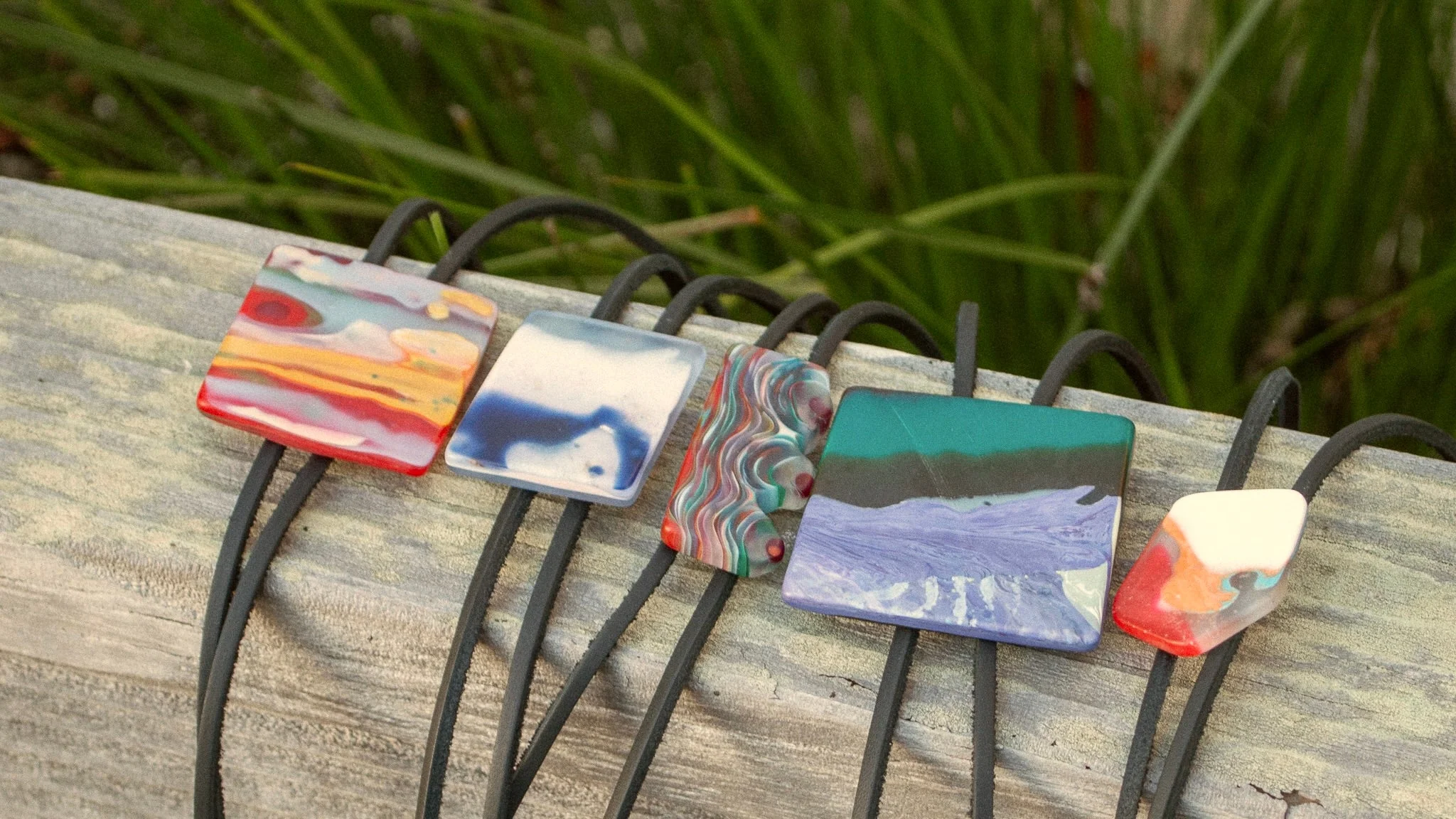Sweat Resistant Bolo Ties: A Complete Guide
Introduction
Bolo ties have long been a symbol of individuality, tradition, and fashion freedom. Originating as a regional accessory in the American Southwest, these unique neckwear pieces have evolved from simple cords and clasps to modern-day fashion statements. Now, with the rise of active lifestyles and climate awareness, a new wave of innovation has emerged: sweat resistant bolo ties.
This guide will walk you through the origins of the bolo tie, explain what makes a tie sweat-resistant, discuss the latest materials used, outline how to care for them, and explore why they’re becoming a smart, practical choice for today’s fashion-forward yet comfort-conscious individuals.
A Brief History of the Bolo Tie
The bolo tie’s roots stretch back to the mid-20th century. It began in Arizona and New Mexico, where craftsmen tied leather cords around the neck and fastened them with decorative slides made of metal or stone. Early adopters often chose turquoise, silver, or carved bone as centerpiece materials.
Initially popular among cowboys, ranchers, and rodeo participants, the bolo tie eventually gained recognition as a formal wear accessory in western states. It was even declared the official neckwear of Arizona, New Mexico, and Texas at different points in history.
While the traditional bolo tie was built to be visually bold, comfort and durability weren’t always prioritized. This led to the evolution of new versions that respond to the needs of modern wearers, including moisture and sweat resistance.
What Does Sweat Resistant Mean?
Sweat resistance refers to a product’s ability to endure exposure to moisture without degrading in appearance or function. In the case of bolo ties, this means:
- The cord or strap doesn’t absorb sweat
- The slide or clasp resists corrosion or tarnishing
- The overall structure remains intact despite long wear
Sweat resistance is particularly valuable for individuals living in warmer climates or for those who wear bolo ties during performances, speaking engagements, outdoor events, or everyday routines that involve movement or heat.
Materials Used in Sweat Resistant Bolo Ties
Traditional bolo ties were often made using leather cords and silver or copper slides. While beautiful, these materials are prone to absorbing moisture and corroding over time. Modern sweat resistant bolo ties use improved materials that withstand moisture much better.
1. Synthetic Cords
One of the biggest changes is the replacement of leather with synthetic fibers like polyester or nylon. These materials are:
- Non-absorbent
- Flexible and strong
- Resistant to mildew and odors
Nylon, in particular, is popular for its smooth texture and longevity, making it ideal for ties worn close to the skin.
2. Stainless Steel Slides
Unlike silver or brass, stainless steel does not tarnish or corrode easily. It retains its shine even after contact with sweat or rain. Many newer bolo ties use stainless steel in the clasp or slide to ensure lasting performance and visual appeal.
3. Resin or Coated Stones
For decorative centerpieces, sweat resistant bolo ties often use resin-based materials or stones that are sealed with a clear protective coat. This barrier helps prevent discoloration and structural damage from moisture exposure.
4. Rubber Reinforcements
Some premium designs incorporate rubber or silicone washers between moving parts, reducing friction and keeping the tie from loosening during motion or sweating.
Why Choose a Sweat Resistant Bolo Tie?
People who are active, work in warm conditions, or live in humid areas can find traditional accessories uncomfortable. A sweat resistant bolo tie is designed to offer the same elegance as its classic counterpart but with greater comfort and durability.
Here are some of the key reasons why people are making the switch:
1. Comfort in Warm Weather
Leather can stick to the skin when it gets damp, causing irritation. A synthetic cord with moisture resistance glides smoothly against the skin, making the tie easier to wear for extended periods.
2. Long-Lasting Appearance
Sweat can tarnish metal and warp untreated materials. Sweat resistant designs maintain their polish and structure even after regular use, meaning you won’t have to replace your bolo tie frequently.
3. Practical for Outdoor Events
Musicians, public speakers, or anyone attending festivals or celebrations outdoors benefit from neckwear that won’t deteriorate in the sun or during activity.
4. Low Maintenance
Sweat resistant bolo ties are easier to clean. A quick wipe with a damp cloth usually does the job, with no need for special cleaning agents or frequent polishing.
Maintenance Tips for Sweat Resistant Bolo Ties
Even though these ties are built to endure tough conditions, regular care will keep them looking and functioning at their best. Here’s how to maintain them properly:
1. Wipe Down After Use
After wearing, especially on hot days, gently wipe the tie with a dry or slightly damp cloth to remove any residue or salt from sweat.
2. Store Properly
Hang your bolo tie or lay it flat in a dry drawer. Avoid tightly coiling the cord or storing it in moist areas like bathrooms.
3. Avoid Harsh Chemicals
Although sweat resistant, materials like coated resin or synthetic cords can still react to strong solvents. Use gentle cleaners if needed.
4. Inspect the Slide
Check the clasp or slide mechanism every few wears to make sure it moves freely. A bit of silicone lubricant can be used sparingly if necessary.
Fashion Meets Function
Sweat resistant bolo ties are not only practical—they are increasingly stylish. Designers have embraced the challenge of combining utility with aesthetics. Whether it’s a bold turquoise centerpiece or a minimalist brushed steel slide, modern bolo ties offer something for every fashion sensibility.
Options for Every Style
From rustic western to urban modern, sweat resistant bolo ties now appear in collections tailored to both men and women. Paired with denim, linen, or even formalwear, they add personality without sacrificing comfort.
Customization Possibilities
Many makers now offer custom designs using hypoallergenic or vegan materials. Buyers can choose colors, textures, and centerpiece designs that reflect their lifestyle while ensuring their accessory remains comfortable and durable.
Conclusion
Sweat resistant bolo ties are a smart evolution of a classic accessory. By using advanced materials and thoughtful designs, they offer long-lasting wear, comfort in various climates, and a modern look that fits today’s diverse fashion needs. Whether you’re dressing for a festival, a meeting, or a night out, a sweat resistant bolo tie provides confidence, style, and reliability.
If you’re looking to upgrade your neckwear game with something that stands up to both heat and time, this might just be the perfect choice.






